New evidence of digital "redlining" by AT&T means further disenfranchisement for poor communities and significant risk for the company.
The National Digital Inclusion Alliance (NDIA) today reports "strong evidence" that for the past decade, AT&T has systematically discriminated against poor residents in Cleveland in its deployment of home Internet and digital technologies. An analysis of FCC broadband data by digital inclusion groups NDIA and Connect Your Community suggests that AT&T has engaged in "digital redlining."
"AT&T has chosen not to extend its “Fiber To the Node” VDSL infrastructure – which is now the standard for most Cuyahoga County suburbs and other urban AT&T markets throughout the U.S. – to the majority of Cleveland Census blocks, including the overwhelming majority of blocks with individual poverty rates above 35%," says the NDIA press release. "These neighborhoods have been relegated to an older, slower transmission technology called ADSL2, resulting in significantly slower Internet access speeds than AT&T provides to middle-income city neighborhoods as well as most suburbs."
Digital equity is not a new issue for AT&T investors.
AT&T has refused to allow a vote at its upcoming 2017 annual meeting on a shareholder proposal which called on the AT&T to “review and publicly report on AT&T’s progress toward providing Internet service and products for low-income customers.”
AT&T previously committed to offering an affordable access program — "Access from AT&T" — for low-income customers as a condition of its merger with DIRECTV. However, thousands of AT&T customers were potentially barred from utilizing the program because service in their neighborhoods was actually too slow to qualify.
The shareholder proposal, co-filed by Zevin Asset Management and Arjuna Capital, highlights the stark digital divide in the United States: 34 million Americans still do not have access to fixed high-speed Internet, with the majority of affected residents being poor, people of color, elderly, or rural residents.
"In 2017, access to the Internet is a basic right, and a person's bank statement, neighborhood or race should never dictate how accessible it is to them," said Michael Connor, Executive Director of Open MIC. "When it comes to upholding its responsibility to low income customers, these findings show AT&T has now failed twice. As a condition of its merger with DIRECTV, AT&T was legally obligated to help close the digital divide — yet when the company's low income program was released, many low income customers were not able to participate. Now, there's evidence that through a practice of digital redlining, AT&T may be deepening the digital divide in Cleveland. As one of the world's largest telecommunications providers, the company is obligated to explain to customers, investors and the public how it will address this failure in Cleveland, and how it will prevent this failure elsewhere."
Digital redlining perpetuates the systemic discrimination that low income people already face across housing, employment, education, and more. From a business perspective, the discriminatory practice also presents tremendous legal, financial and reputational risks for AT&T. Today's findings from NDIA and Connect Your Community demonstrate the need for even stronger shareholder action on the issue of digital equity — at AT&T and other companies.




